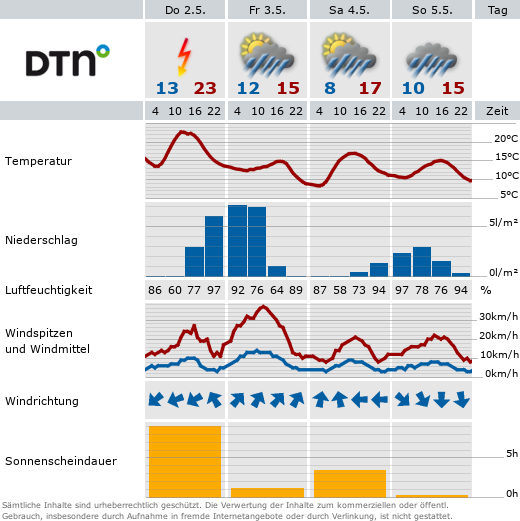Computational Physics as a Bridge Between Biology and Patient Care
- Kolloquium
Computational Physics as a Bridge Between Biology and Patient Care
In radiation oncology, physics has always played a critical role in shaping precise and effective cancer treatments. By applying the principles of radiation physics, we can accurately target cancer cells while minimizing damage to healthy tissue, providing patients with cutting-edge therapeutic options. In recent years, this traditional role of physicists in radiation oncology research has changed as the field has become more interdisciplinary, with physicists, biologists and clinicians working together. As a result, physics research has evolved to incorporate biological mechanisms.
This presentation will provide examples of how physicists are using biophysical modeling and mathematical tools to bridge the gap between the "bottom" (fundamental radiation physics) and the "top" (clinically observed effects in patients). Examples of bottom-up approaches include the use of stochastic Monte Carlo track structure simulations to predict radiation damage and repair in the DNA, mechanistic modeling of disease progression, and blood flow simulations to understand the impact of radiation therapy on a patient’s immune response. Examples of top-down approaches include machine learning algorithms to tailor treatments to patient characteristics obtained by imaging or blood biomarkers and deterministic outcome modeling to design clinical trials.









